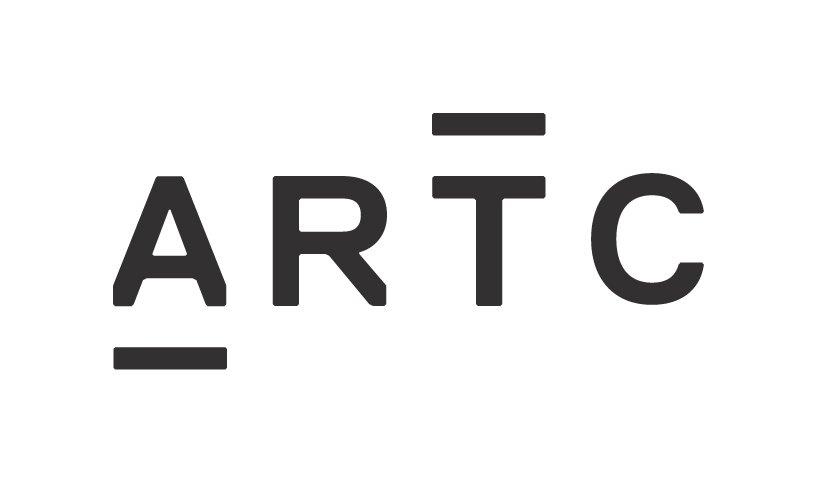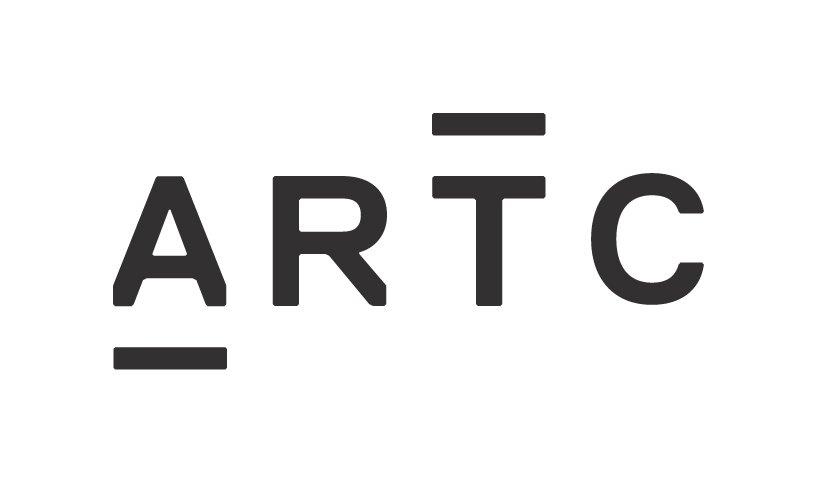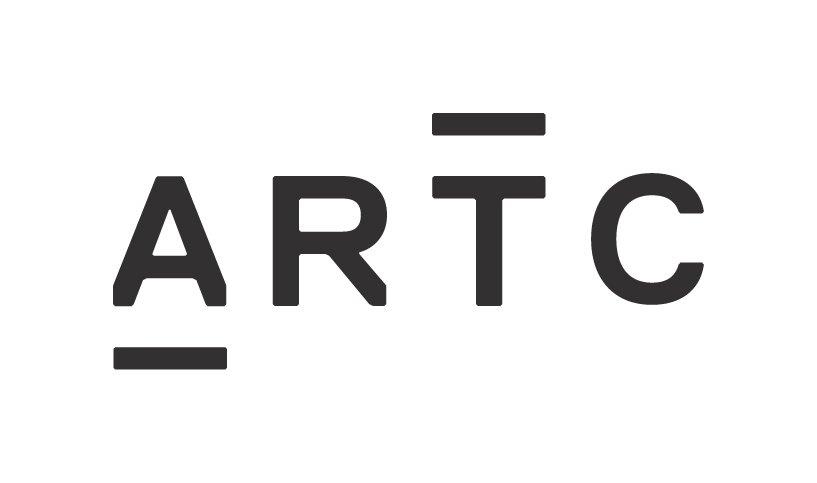Title Page
-
Vehicle Rego:
-
Date of Inspection:
PRIOR TO GOING ON TRACK
-
Check emergency track safety equipment
-
Check general condition of all mechanical hi-rail items
-
Check hi-rail suspension units for wear / damage
-
Check rail wheel flanges and tread for abnormal wear
-
Check rail wheel bearings for play, noise or roughness
-
Check rail wheel studs/nuts and sandwich wheel rubber for damage
-
Check front rail sweeps are in place and adjusted
-
Check rear derail skid plates are operational (where fitted)
-
Check for hydraulic oil leaks
-
Check hydraulic hoses for damage / chaffing
-
Check emergency hand pump is present
-
Ensure rail kit locks and safety chains are serviceable
-
Check rail warning horn is operational
-
Check revolving light is operational
-
Check all essential vehicle fluid levels as per manufacturers handbook
-
Vehicle speedometer is functioning correctly
-
Check vehicle loading is evenly distributed and does not exceed GVM rating
-
Check any large vehicle load is within gauge
-
Check communications radio / telephone is functioning
-
Vigilance control is operational (where fitted)
AFTER ON-TRACKING
-
Check rail kits are both over centre after lowering
-
Test brake performance and stopping distance on track
-
Check vehicle for correct on-rail operation - alignment ok
-
Driver to initial after inspection
WEEKLY INSPECTION (to be completed on Monday or next subsequent day the vehicle is driven)
-
Date of weekly inspection
-
Check road-rail power units and oil levels
-
Check and test emergency hand pump operation
-
Check rail wheel back to back dimension with gauge provided
-
Check front and rear vehicle suspension is not damaged or sagging
-
Check road tyre pressures and tread wear
-
Check road wheel rim condition and wheel nuts are secure
-
Check road-rail owners operational manual is in vehicle
-
Check first aid kit is present, complete and within service date
-
Check all warning plaques and labels are present and readable
-
Perform function test on EPIRB (where fitted)
-
Driver to initial after inspection
-
Operational defects noted:
-
Reported by:









